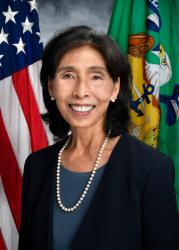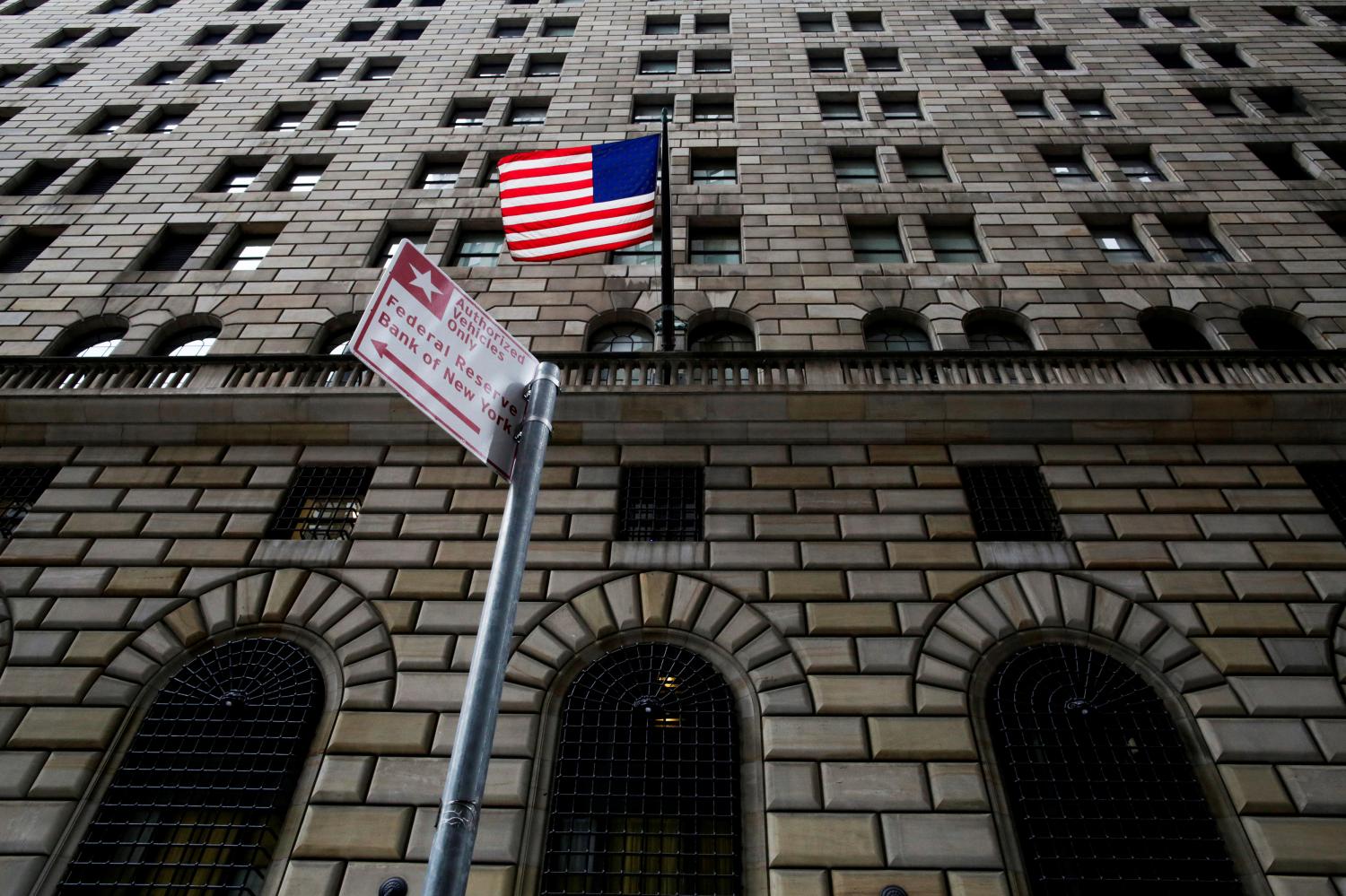These remarks were given at the public event, The repo market disruption: What happened, why, and should something be done about it?, presented by the Hutchins Center on Fiscal & Monetary Policy at Brookings on December 5, 2019.
Welcome to the Hutchins Center conference on “What happened in the repo market, why, and should something be done about it?”
The rising volatility in the market for short-term collateralized borrowing known as the repo market, punctuated with the rate spike in September, has drawn public attention to a corner of the market usually of concern only to money market participants. The volatility reflects the confluence of significant changes in the financial system since the financial crisis. It reflects changes in the Federal Reserve’s monetary policy operations and in bank regulation and supervision. It also may reflect changes in attitudes towards daylight overdrafts and discount window borrowing, and changes in the market structure of the financial system. The September episode catalyzed interest in looking at the interactions of these different policies and assessing what is working well and what isn’t.
But before we rush to changes, we need to better understand what happened and why. That’s our goal today.
Why do we care about what happened in the repo market? Repo is a critical element of the plumbing of the financial system. It is used, for example, by dealers to finance Treasury securities and by money market funds to invest cash with safe collateral. It supports the primary securities markets and secondary market liquidity. What happens in the repo market can influence other money market rates, including the federal funds rate, the target rate for monetary policy. But periodic episodes of volatility in the repo market do not necessarily indicate significant problems in the financial system, though they are worth studying given the important role of repo in the financial system.
In the past couple of years, increases in repo rates at month- and quarter-ends have become more pronounced as the Fed began to shrink its balance sheet and reserves continued to fall. These increases are reminiscent of the money markets before the crisis when the Fed operated in a scarce reserves framework, but which basically disappeared with the Fed’s new ample-reserves approach. But on September 17, although cash scarcity was predictable given scheduled corporate tax payments and Treasury settlements, the spike in repo rates was big and took many by surprise. The fed funds rate moved above its target range. The Fed responded by adding reserves and money market rates stabilized quickly in the following days.
Still, the event raised questions about the ability of the Fed to control the policy rate with its abundant reserves framework. It also led to questions about the demand for reserves and the willingness of banks and dealers to arbitrage in the money markets, which reduces rate volatility.
We plan to discuss today what happened, the key policy objectives to keep in mind when considering any changes, and the pros and cons of some possible changes. In particular, given the revealed preference for reserves and the steep slope of the demand curve, our two broad and inter-related questions are:
- Would a larger Fed balance sheet with more reserves in the banking system solve the problem without creating others? Should the Fed create a standing repo facility to supply cash when others won’t?
- Are there regulations and supervisory practices that are reducing the incentives or the ability of players to lend cash when interest rates spike? Are there changes to regulations and practices that could reduce unwelcome market volatility without risking safety and soundness and overall financial stability?
We’ll begin with two presentations on what happened. First, Trish Mosser now at Columbia University and formerly deputy manager of the Desk at the New York Fed, and then Jerome Schneider, head of short-term portfolio management at PIMCO. They will be followed by former Fed governor Dan Tarullo on policymakers’ objectives. Then my colleague David Wessel will join the three of them on stage to continue the conversations and field your questions. After a short break, we’ll turn to a closer examination of the Fed’s operating framework and the role of financial regulations. For those watching online, you can submit questions on Twitter at #RepoMarker or by email to hutchinscenter@brookings.edu.




